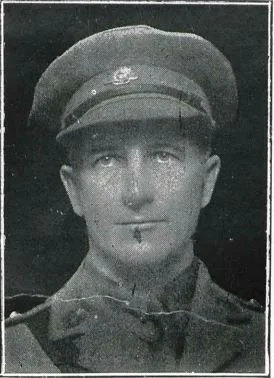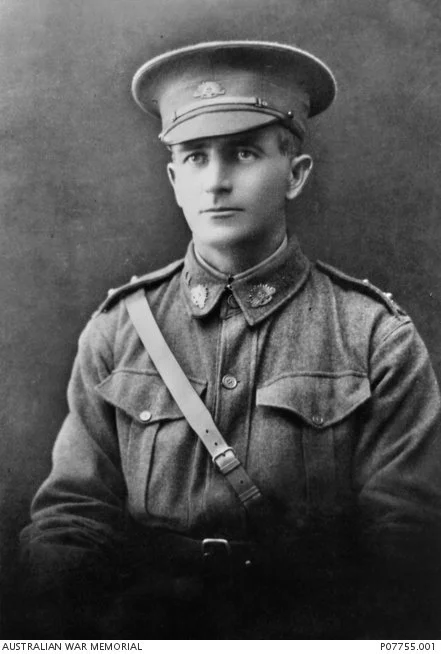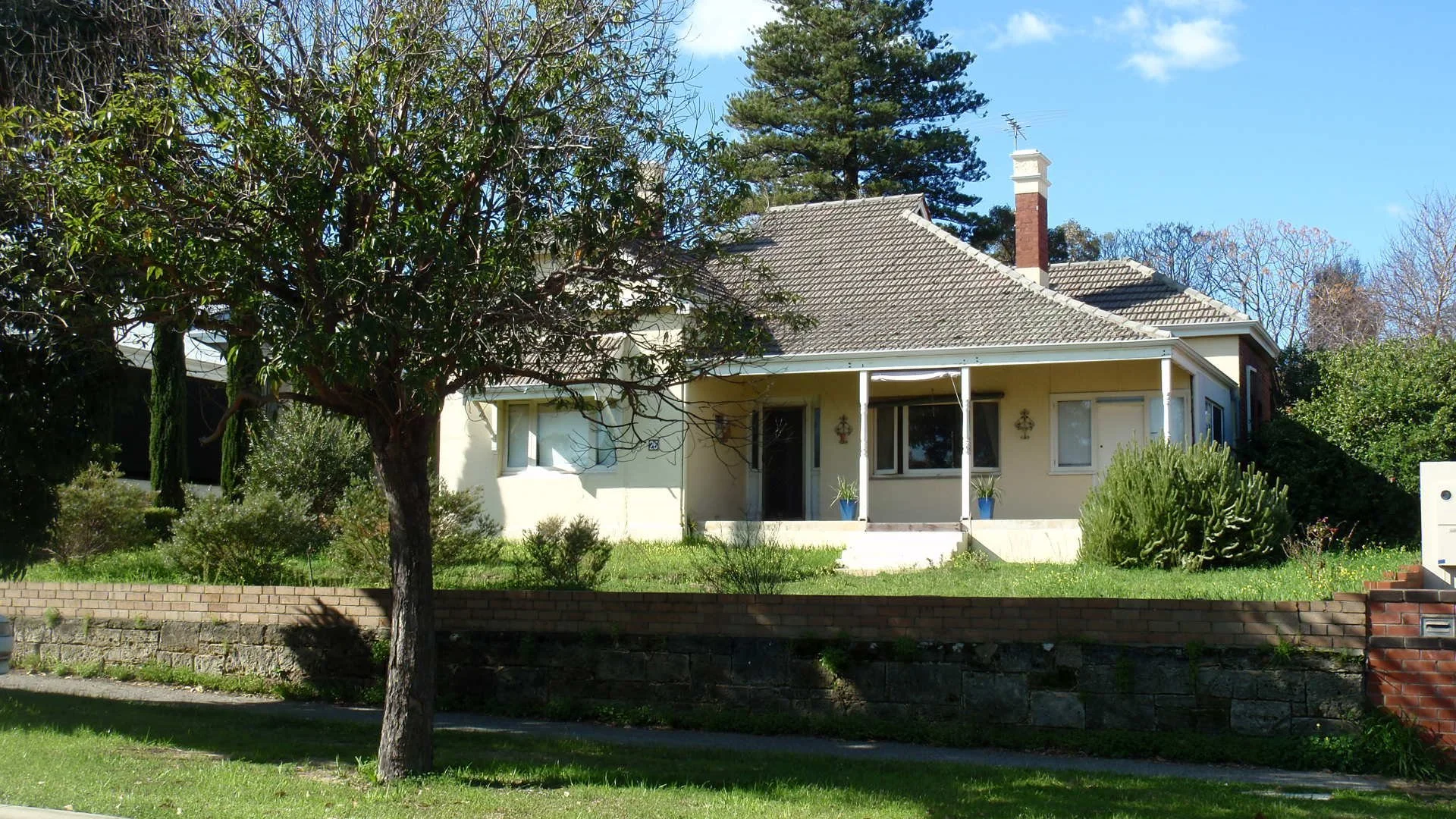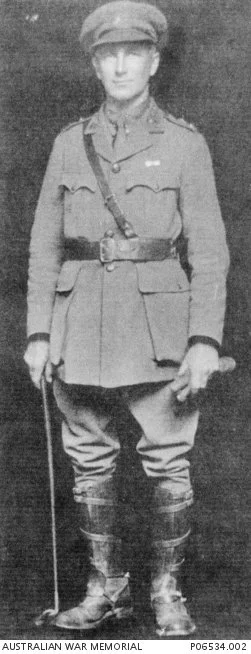Rank: Lieutenant
Regimental Number:
Place of Birth: Maitland, South Australia
Address: 26 Allen Street, East Fremantle, Western Australia
Next of Kin: Wife, Mrs E J Lehmann.
Enlistment Date: 16 September 1915
Unit Name: 11th Battalion, 14th Reinforcement
Age embarkation: 36
Marital Status: Married
Occupation: Marine engineer
Date of Death: 21 September 1917
Place of Burial: No known grave
Links:
HISTORY
Lieutenant BENNO CARL LEHMAN.
Lieutenant Benno Carl Lehman, son of Augusta and the late Emil Lehman, was born at Maitland, S.A., and educated at Adelaide. He was married on the 3rd April, 1909, to Lila Mcllwaine, daughter of Henry and Kate Mcllwaine, Solomon-street, Palmyra, East Fremantle. Prior to the outbreak of war he went into camp at Fort Forrest [Blackboy Hill] and later joined the A.I.F and sailed as O.C. 14th Reinforcements, 11th Battalion. On his arrival in France he was transferred to the 3rd Machine Gun Coy. and was wounded at Bullecourt on the [5th and] 6th May, 1917. He was awarded the M.C. and was in action until the 21st September, 1917, when he was killed at Glencose Wood and was buried at Clapham Junction.
Australia’s Fighting Son’s of the Empire
Transcript from “The Last Post Ceremony commemorating the service of Lieutenant Benno Carl Lehmann MC, 3rd Australian Machine Gun Company, First World War” By Kate Ariotti, Australian War Memorial.
Lieutenant Benno Carl Lehmann MC, 3rd Australian Machine Gun Company
KIA 21 September 1917
Today we remember and pay tribute to Lieutenant Benno Carl Lehmann, who died during the First World War.
Benno Lehmann was born in December 1879 to Emilius and Auguste Lehmann in Maitland, South Australia. When war broke out Lehmann was living with his wife, Eliza, in Fremantle, Western Australia. The 35-year-old was working as a marine engineer when he enlisted in the AIF in September 1915.
Lehmann joined the 14th reinforcements of the 11th Battalion. He left Fremantle on HMAT Miltiades in February 1916 and arrived in Egypt one month later. After a few weeks training, Lehmann was sent to France, where he spent several months instructing reinforcements at Ètaples. In October 1916 he attended Vickers Machine Gun School, and was promoted to lieutenant just after Christmas. Early in the new year Lehmann was transferred from the 11th Battalion and was taken on strength of the 3rd Australian Machine Gun Company. He underwent a further period of instruction and training at Camiers and re-joined his unit in late April 1917.
In May 1917 Lehmann was involved in the fighting around Bullecourt at Riencourt. He was wounded in the right buttock and was sent to hospital for treatment and convalescence. Lehmann rejoined his unit in early July and in August was awarded the Military Cross for conspicuous gallantry and devotion to duty for his actions at Riencourt. The citation for his MC read:
During an enemy counter-attack he brought his gun into action at great personal risk … On seeing his gun in danger of being captured he led a bombing attack and though twice wounded, remained until the enemy was repulsed.
Lehmann was killed just over a month later. On 21 September the 3rd Machine Gun Company was involved in the fighting around Glencorse Wood as part of the larger allied advance on the Menin Road. Lehmann had been wounded early in the battle, and was making his way back to the front after receiving treatment at a casualty clearing station when he was hit by a shell. He was badly wounded, and witnesses stated that he died instantly.
Lehmann’s death was reported in several Western Australian newspapers. He was described as “a most popular officer” and it was said that his death came “as a great shock to a large circle of friends”. As a sign of respect and mourning, the flags of the Fremantle Harbour Trust, where Lehmann had previously worked, were flown at half-mast.
After the war, Lehmann was commemorated on the Menin Gate Memorial in the Belgian town of Ypres. This memorial contains the names of over 54,000 Commonwealth servicemen who died during the First World War and who have no known grave, including 6,000 Australian soldiers.
Benno Lehmann’s name is listed on the Roll of Honour to my right, along with the names of more than 60,000 other Australians who died fighting in the First World War. His photograph is displayed today by the Pool of Reflection.
This is but one of the many stories of service and sacrifice told here at the Australian War Memorial. We now remember Lieutenant Benno Carl Lehmann, and all those Australians who have given their lives in the service of our nation.





